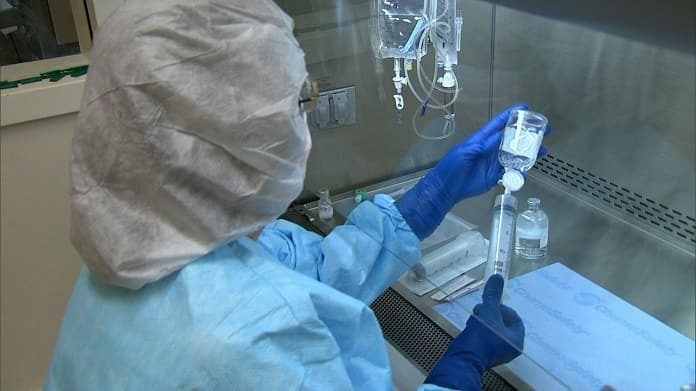A novel nanoparticle method for drug delivery hopes to overcome many of the obstacles facing current treatments for severe bacterial infection.
Sepsis is a life-threatening complication which can arise from severe bacterial infection. It occurs when the body’s inflammatory response to infection damages its own organs and can lead to organ failure and death. Although many therapeutic agents have been discovered for the management of sepsis, challenges in their delivery to infection sites have prevented the development of highly effective treatments.
Oral antibiotics are poorly absorbed in the body
Current practices for managing sepsis involve administration of antibiotics and anti-inflammatories, orally if detected early and intravenously if progressed in severity. However, oral antibiotics are broken down by the body quickly and poorly absorbed, diminishing the duration and intensity of their effects. Higher dosages must be administered to compensate. In addition, poor selectivity can lead to toxic side effects. To address these challenges, researchers at Washington State University have developed a selective nanoparticle delivery system for the management of sepsis. Their work was recently published in Advanced Materials.
The developed nanoparticle drug delivery system consists of drug-loaded co-polymers sensitive to changes in acidity and to bacterial enzymes, both indicative of bacterial infection sites. Because they are coated in antibodies already emitted by the body in response to infection, the antibiotic and anti-inflammatory components within are only discharged once the particle arrives at the site of infection.
Nanoparticle drug delivery led to survival of 90% of animal subjects
This nanoparticle has been tested in mice with sepsis induced by acute lung infection. In their study, approximately 90% of mice treated with nanoparticle coated antibiotics survived sepsis compared to 40% of mice treated with just the free drug.
This is the first drug delivery nanoparticle of its kind and forms part of the growing use of nanotechnology in medicine. The study authors hope this novel nanoparticle drug delivery method leads to more efficient drug formulations for many types of bacterial infections.
Written by Agustin Dominguez Iino, BSc
References:
- Zhang CY, Gao J, Wang Z. Bioresponsive Nanoparticles Targeted to Infectious Microenvironments for Sepsis Management. Adv Mater. 2018 Sep 11:e1803618. doi: 10.1002/adma.201803618. [Epub ahead of print]
- WSUNews. New nanoparticles wait to release drugs, target infection. EurekAlert! https://www.eurekalert.org/pub_releases/2018-09/wsu-nnw091018.php. Published September 11, 2018.



